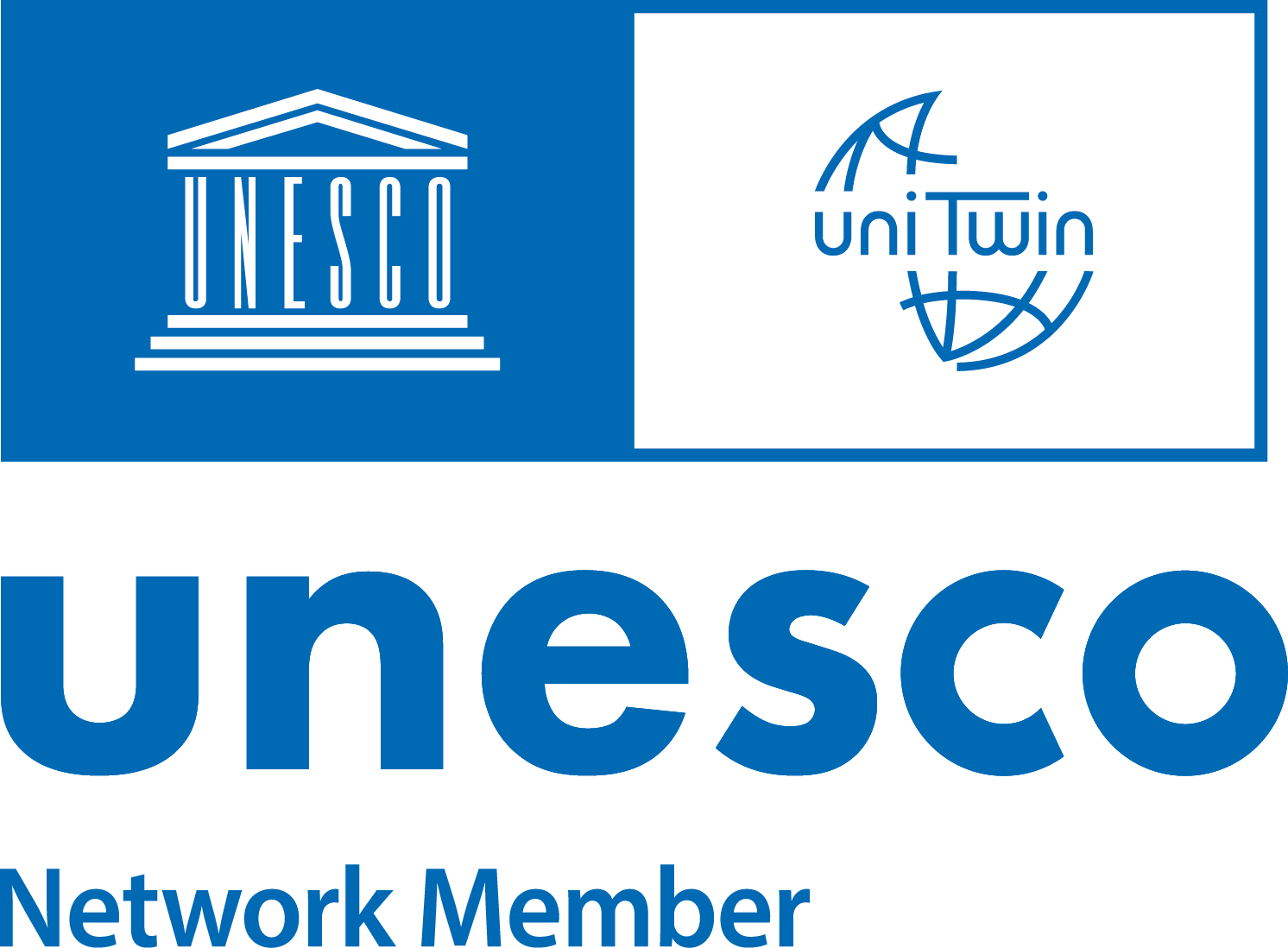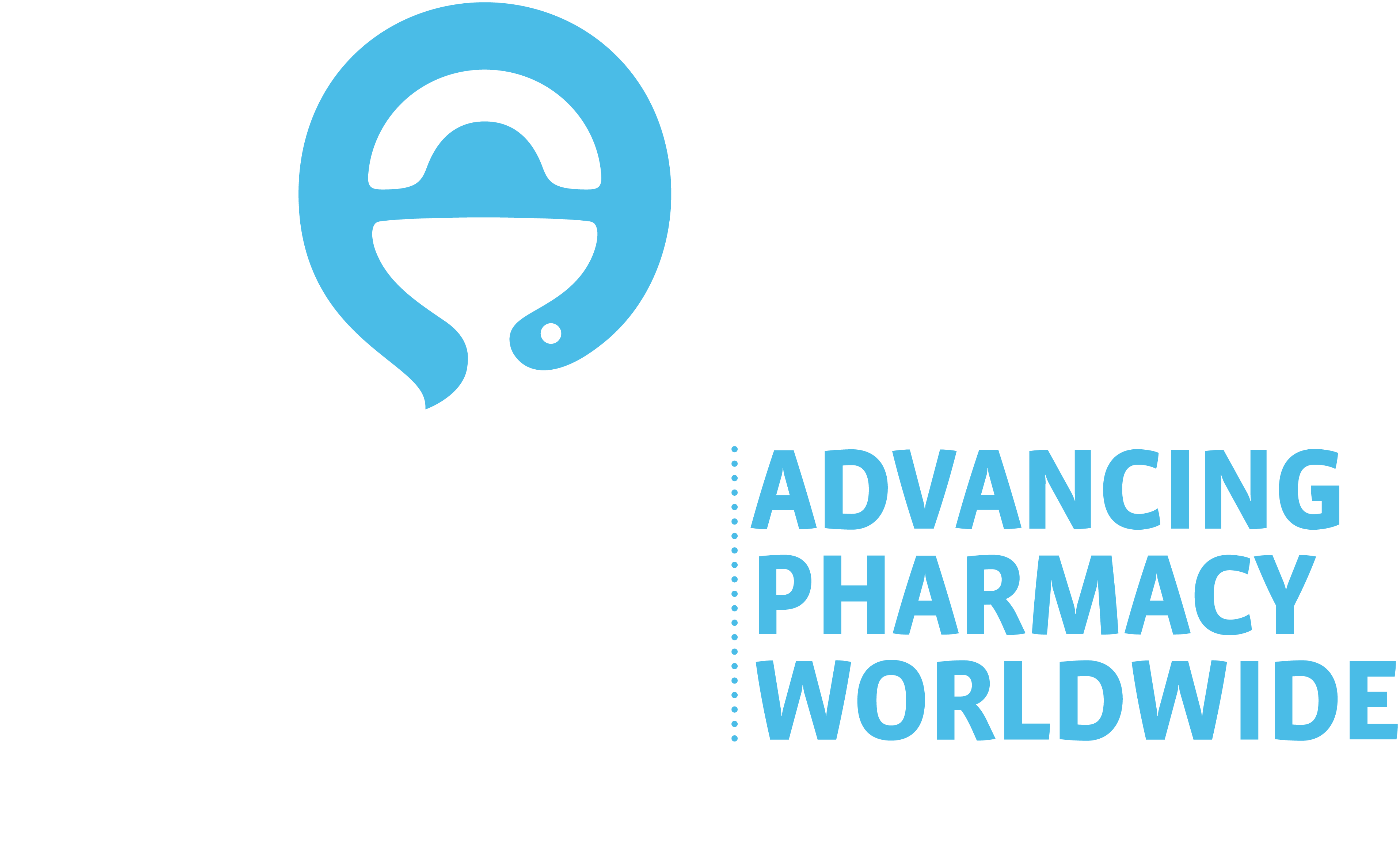RESEARCH ARTICLE: Current reality and preferences for continuing professional development of pharmacists in England – supporting pharmacists to achieve their CPD requirements
Keywords:
Pharmacist, barriers for learning, continuing professional development, education, motivators, needs analysis.Abstract
Background: Continuing professional development (CPD) is essential for pharmacists and is a regulator requirement in Great Britain (GB).
Objectives: The aim of this study was to establish current participation in CPD activity in GB, in terms of format and providers, plus preferences of pharmacists, including motivators and barriers, and support needed for application of learning.
Methods: This study utilised a questionnaire and semi-structured interviews of pharmacists in South London, England.
Results: The majority of responders (n=293/338, 86.6%) had taken part in CPD activity in the past 12 months. Although face-to-face workshops were the most preferred activity, digital completion was the most used activity. There was increasing non-participation with reduced working hours (p=0.003). The employer was the most commonly used provider. From 19 interviews, three main themes emerged: Engagement, Intervention and Application.
Conclusions: It is clear that no single format is preferred by all. There needs to be a strategy to ensure good utilisation of providers, and CPD-based events having an impact on practice.
References
Artino, A.R. Jr. (2010). Online or face-to-face learning? exploring the personal factors that predict students' choice of instructional format. The Internet and Higher Education, 13(4), 272-276. doi: https://doi.org/10.1016/ j.iheduc.2010.07.005
Asarbakhsh, M., & Sandars, J. (2013). E- learning: The essential usability perspective. The Clinical Teacher, 10(1), 47-50. doi: https://doi.org/10.1111/j.1743-498X. 2012.00627.x
Attewell, J., Blenkinsopp, A., & Black, P. (2005). Community pharmacists and continuing professional development—a qualitative study of perceptions and current involvement. The Pharmaceutical Journal, 274, 519-524
Austin, Z. (2012). CPD and revalidation: Our future is happening now. Research in Social and Administrative Pharmacy, 9(2), 138-141. doi: https://doi.org/10.1016/ j.sapharm.2012.09.002
Bellolio, M.F., & Stead, L.G. (2009). Evidence-based emergency medicine/systematic review abstract. continuing education meetings and workshops: Effects on professional practice and health care outcomes. Annals of Emergency Medicine, 53(5), 685-687. doi: https://doi.org/ 10.1016/j.annemergmed.2008.05.034
Braun, V., & Clarke, V. (2006). Using thematic analysis in psychology. Qualitative Research in Psychology, 3(2), 77-101. doi: https://doi.org/10.1191/1478088706qp063oa
Brown, C., Belfield, C.R., & Field, S.J. (2002). Cost effectiveness of continuing professional development health care: A critical review of the evidence. British Medical Journal, 324(7338), 652-655. doi: https:// doi.org/10.1136/bmj.324.7338.652
Buxton, E.C. & De Muth, J.E. (2012) Pharmacists' perceptions of a live continuing education program comparing distance learning versus local learning. Research in Social and Administrative Pharmacy, 9(2), 230-235. doi: https://doi.org/10.1016/j.sapharm. 2012.05.003
Buxton, E.C. (2014). Pharmacists' perception of synchronous versus asynchronous distance learning for continuing education programs. American Journal of Pharmaceautical Education, 78(1), 8. doi: https:// doi.org/10.5688/ajpe7818
Clifford, R.M. (2011). Post-registration learning trends of community pharmacists. Journal of Pharmacy Practice and Research, 41(3), 203-207. doi: https://doi.org/ 10.1002/j.2055-2335.2011.tb00862.x
Copeland, H.L., Hewson, M.G., Stoller, J.K., & Longworth, D.L. (1998). Making the continuing medical education lecture effective. Journal of Continuing Education in the Health Professions, 18(4), 227-234. doi: https://doi.org/10.1002/chp.1340180406
Denig, S.J. (2004). Multiple intelligences and learning styles: Two complementary dimensions. Teachers College Record. 106(1), 96-111
Donyai, P., Herbert, R.Z., Denicolo, P.M., & Alexander AM. (2011). British pharmacy professionals'
beliefs and participation in continuing professional development: A review of the literature. International Journal of Pharmacy Practice, 19(5), 290-317. doi: https://doi.org/ 10.1111/j.2042-7174.2011.00128.x
Driesen, A., Simoens, S., & Laekeman, G. (2008). Continuing education programs for pharmacists: No one size fits all. Pharmacy Education, 8(1), 37-43
Driesen, A., Verbeke, K., Simoens, S. & Laekeman, G. (2007). International trends in lifelong learning for pharmacists. American Journal of Pharmaceutical Education, 71(3), Art. 52 doi: https://doi.org/10.5688/ aj710352
Du Boulay, B., & Luckin, R. (1999). It ain't what you learn but the way that you learn it. Computers & Education, 33(2-3), 209-215. doi: https://doi.org/ 10.1016/S0360-1315(99)00033-0
Eden, M., Schafheutle, E.I., & Hassell, K. (2009). Workload pressure among recently qualified pharmacists: An exploratory study of intentions to leave the profession. International Journal of Pharmacy Practice, 17(3), 181-187. doi: https://doi.org/10.1211/ijpp.17.03.0009
Ellis, R.A., Bliuc, A. & Goodyear, P. (2012). Student experiences of engaged enquiry in pharmacy education: Digital natives or something else? Higher Education, 64, 609-629. doi: https://doi.org/10.1007/s10734-012-9515-6
Farrell, B., Dolovich, L., Emberley, P. et al. (2012). Designing a novel continuing education program for pharmacists: Lessons learned. Canadian Pharmacists Journal, 145(4), e7-e16. doi: https://doi.org/10.3821%2 F145.4.cpje7
Fleming, N., & Baume, D. (2006). Learning styles again: VARKing up the right tree! Educational Developments, 7, 4-7
Francis, J.J., Johnston, M., Robertson, C., Glidewell, L., Entwistle, V., Eccles, M.P. & Grimshaw, J.M. (2010). What is an adequate sample size? operationalising data saturation for theory-based interview studies. Psychology & Health, 25(10), 1229-1245. doi: https://doi.org/ 10.1080/08870440903194015
GPhC [The General Pharmaceutical Council]. (2017a) Continuing Professional Development. Frequently asked questions (online). Available at: http://www.webcitation.org/ 6wDsnqreU. Accessed 4th January, 2019
GPhC [The General Pharmaceutical Council]. (2017b). Revalidation for pharmacy professionals (online). Available at: https://www.pharmacyregulation.org/ revalidation. Accessed 4th January, 2019
GPhC [The General Pharmaceutical Council]. (2019b). Annual report 2018-2019 (online). Available at: https:// www.pharmacyregulation.org/annualreport/annual- report. Accessed September 22nd, 2019
GPhC [The General Pharmaceutical Council]. (2019b). Useful links (online). Available at: http:// www.pharmacyregulation.org/useful-links. Accessed 4th January, 2019
Gonzalez-Gomez, F., Guardiola, J., Rodriguez, O.M., & Alonso, M.A.M. (2012). Gender differences in E- learning satisfaction. Computers & Education, 58(1), 283-290. doi: https://doi.org/10.1016/j.compedu. 2011.08.017
Grimshaw, J.M., Eccles, M.P., Walker, A.E., & Thomas, R.E. (2002). Changing physicians' behavior: What works and thoughts on getting more things to work. Journal of Continuing Education in the Health Professions, 22(4), 237-243. doi: https://doi.org/10.1002/chp.1340220408
Grzeskowiak, L.E., To, J., Thomas, A.E. & Phillips, A.J. (2014). An innovative approach to enhancing continuing education activities for practising pharmacists using clicker technology. International Journal of Pharmacy Practice, 22(6), 437-439. doi: https://doi.org/10.1111/ijpp.12092
Hanson, A.L, Bruskiewitz, R.H., & Demuth, J.E. (2007). Pharmacists' perceptions of facilitators and barriers to lifelong learning. American Journal of Pharmaceutical Education, 71(4), 67. doi: https://doi.org/10.5688/aj710467
Hassell, K. (2011). GPhC Register Analysis 2011 (online). Available at: https://www.pharmacyregulation.org/sites/default/files/document/gphc_register_analysis_2011.pdf. Accessed 27th June, 2019
Hayes, J., & Allinson, C.W. (1996). The implications of learning styles for training and development: A discussion of the matching hypothesis. British Journal of Management, 7(1), 63-73. doi: https://doi.org/10.1111/j. 1467-8551.1996.tb00106.x
HEE [Health Education England]. (2018). The Community Pharmacy Workforce in England 2017 (online). Available at: https://www.hee.nhs.uk/sites/default/files/documents/The%20Community%20Pharmacy%20Workforce%20in%20Englan d%202017%20-%20survey%20report.pdf. Accessed 28th February, 2019
Herrera, H., Brown, D., & Portlock, J. (2014). Foundation degree learning: An educational journey of personal development. Journal of Further and Higher Education, 39(6), 1-23. doi: https://doi.org/10.1080/ 0309877X.2013.869562
Honey P. (1992). The manual of learning styles. 3rd ed. Maidenhead
Ikenwilo, D. & Skåtun, D. (2014). Perceived need and barriers to continuing professional development among doctors. Health Policy, 117(2), 195-202. doi: https://doi.org/10.1016/j.healthpol.2014.04.006
Johnson, S.D., Aragon, S.R. & Shaik, N. (2000). Comparative analysis of learner satisfaction and learning outcomes in online and face-to-face learning environments. Journal of Interactive Learning Research, 11(1), 29-49
Jubraj, B. (2009). Developing a culture of self-directed workplace learning in pharmacy. The Pharmaceutical Journal, 283, 47–8
Kaplan, A.M., & Haenlein, M. (2016). Higher education and the digital revolution: About MOOCs, SPOCs, social media, and the cookie monster. Business Horizons, 59(4), 441-450. doi: https://doi.org/10.1016/j.bushor.2016.03.008
Lim, D., & Morris, M. (2009). Learner and instructional factors influencing learning outcomes within a blended learning environment. Educational Technology & Society, 12(4), 282-293
Lim, D.H., Morris, M.L, & Kupritz, V.W. (2007). Online vs. blended learning: Differences in instructional outcomes and learner satisfaction. Journal of Asynchronous Learning Networks, 11(2), 27-42
Marriott, J., Duncan, G., & Namara, K.P.M. (2007). Barriers to pharmacist participation in continuing education in Australia. Pharmacy Education, 7(1), 11-17
McConnell, K.J., Newlon, C.L., & Delate, T. (2010). The impact of continuing professional development versus traditional continuing pharmacy education on pharmacy practice. Annals of Pharmacotherapy, 44(10), 1585-1595. doi: https://doi.org/10.1345%2Faph.1P161
Micallef, R., & Kayyali, R. (2017). Factors affecting a face-to-face learning event. International Journal of Pharmacy Practice, 26(2), 183-190. doi: https://doi.org/ 10.1111/ijpp.12373
Micallef, R., Grewal, J., Khan, S., Wells, J., & Kayyali, R. (2019). Health champions in south london. Evaluation of training, and impact on public health. International Journal of Pharmacy Practice, 27(1), 71-79. doi: https:// doi.org/10.1111/ijpp.12464
Moullin, J.C., Sabater-Hernández, D., & Benrimoj, S.I. (2016). Model for the evaluation of implementation programs and professional pharmacy services. Research in Social and Administrative Pharmacy, 12(3), 515-522. doi: https://doi.org/10.1016/j.sapharm.2015.08.003
Nesterowicz, K., Neacsu, A., Fereshtehnejad, S., & Nemeslaki, A. (2016). Exploring the acceptance of e- learning in continuing pharmacy education. Pharmacy Education, 16(1), 33-37
Pharmaceutical Services Negotiating Committee. (2019). About LPCs (online). Available at: http://psnc.org.uk/ lpcs/about-lpcs/ Accessed 4th January, 2019
Power, A., Grammatiki, A., Bates, I., McKellar, S., Johnson, B.J., H. Lesley Diack Derek Stewart Steve A. Hudson(2011). Factors affecting the views and attitudes of scottish pharmacists to continuing professional development. International Journal of Pharmacy Practice, 19(6), 424-430. doi: https://doi.org/10.1111/j. 2042-7174.2011.00135.x
Romanelli, F., Bird, E. & Ryan M. (2009). Learning styles: A review of theory, application, and best practices. American Journal of Pharmaceutical Education, 73(1), Art.9. doi: https://doi.org/10.5688/aj730109
Rouse, M., Hugo, M., Billy, F., Mercer, H., Rouse, M,. Whitmarsh, S., Wuliji, T., & Yonemura, A. (2009). The WHO UNESCO FIP Pharmacy Education Taskforce. Human Resources for Health, 7(1), Art.45
RPS [Royal Pharmaceutical Society]. (2019). Development (online). Available at: http://www.rpharms.com/home/ development.asp. Accessed 4th January, 2019
Salter, S.M., Karia, A., Sanfilippo, F.M., & Clifford, R.M. (2014). Effectiveness of e-learning in pharmacy education. American Journal of Pharmaceutical Education, 78(4), Art.83. doi: https://doi.org/10.5688/ajpe78483
Simonds, T.A., & Brock, B.L. (2014). Relationship between age, experience, and student preference for types of learning activities in online courses. Journal of Educators Online, 11(1), doi: http://doi.org/10.9743/jeo.2014.1.3
Stephenson, J.E., Brown, C., & Griffin, D.K. (2008). Electronic delivery of lectures in the university environment: An empirical comparison of three delivery styles. Computers & Education, 50(3), 640-651. doi: https:// doi.org/10.1016/j.compedu.2006.08.007
Toklu. H.Z., & Hussain, A. (2013). The changing face of pharmacy practice and the need for a new model of pharmacy education. Journal of Young Pharmacist, 5(2), 38-40. doi: https://doi.org/10.1016/j.jyp.2012.09.001
Wake, M., & Lisgarten, L. (2003). VLEs and pharmacy - learning from experience. Pharmacy Education, 3(3); 209-214
WHO [World Health Organisation]. (2015). eLearning for undergraduate health professional education - a systematic review informing a radical transformation of health workforce development (online). Available at: https://www.who.int/hrh/documents/elearning_hwf/en/
Wyatt, J.C., & Sullivan, F. (2005). Keeping up: Learning in the workplace. British Medical Journal, 331(7525), 1129-1132. doi: https://doi.org/10.1177/014107680009300708
Wyatt, J.C. (2009). Keeping up: Continuing education or lifelong learning? Journal of The Royal Society of Medicine, 93(7), 369-372. doi: https://doi.org/ 10.1177/014107680009300708



